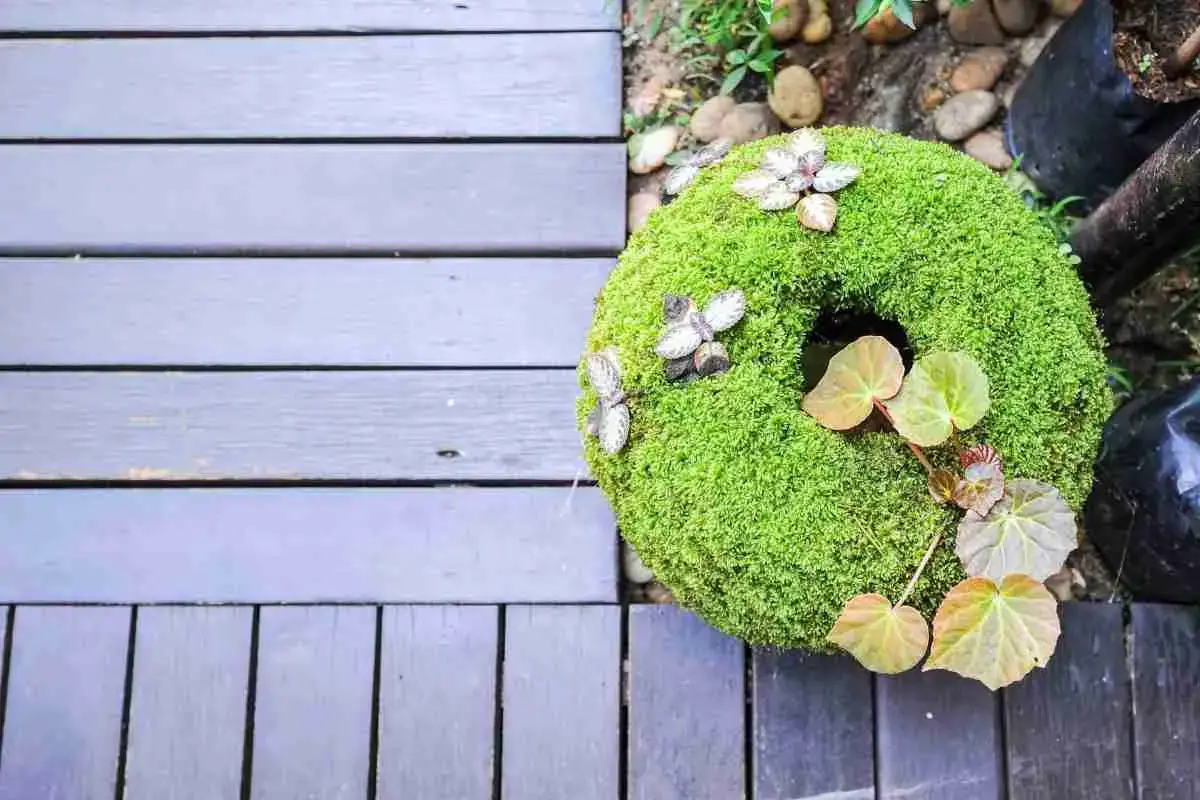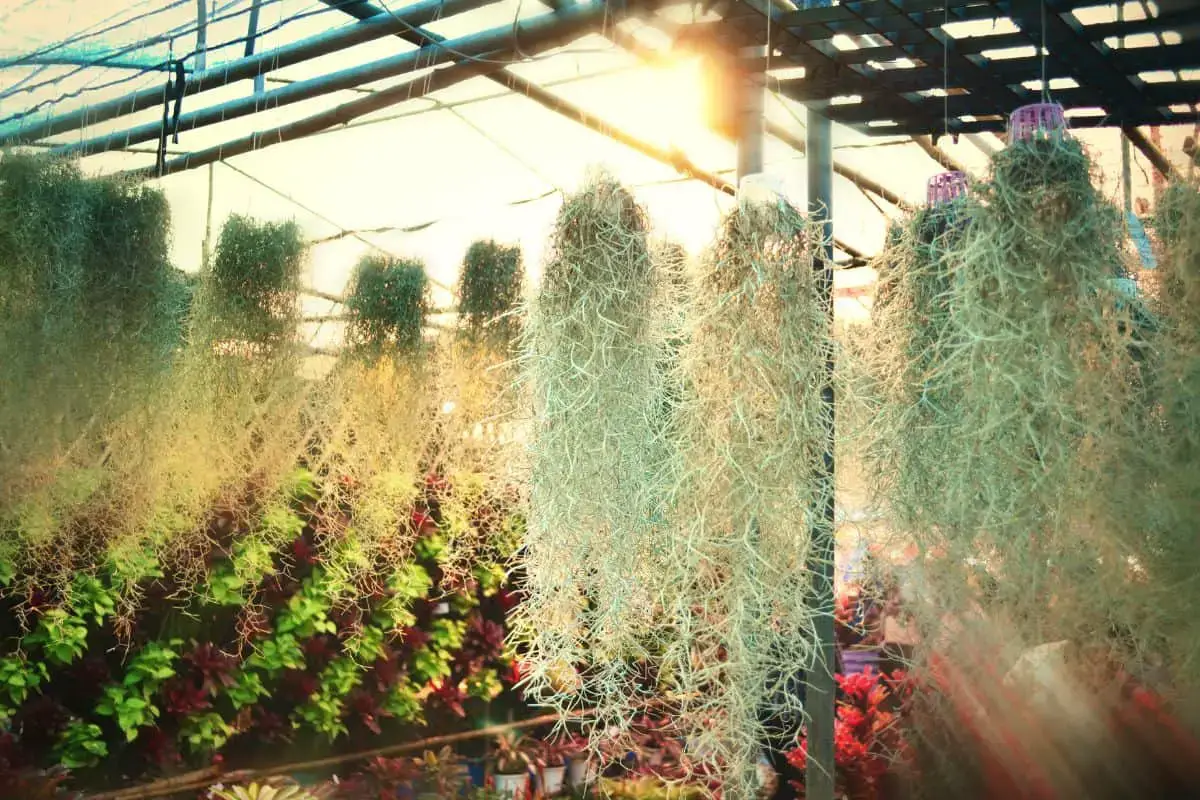
Is Your Spanish Moss Turning Brown? Here’s Why!
Read more
How To Grow Moss On Concrete Statues?
Read more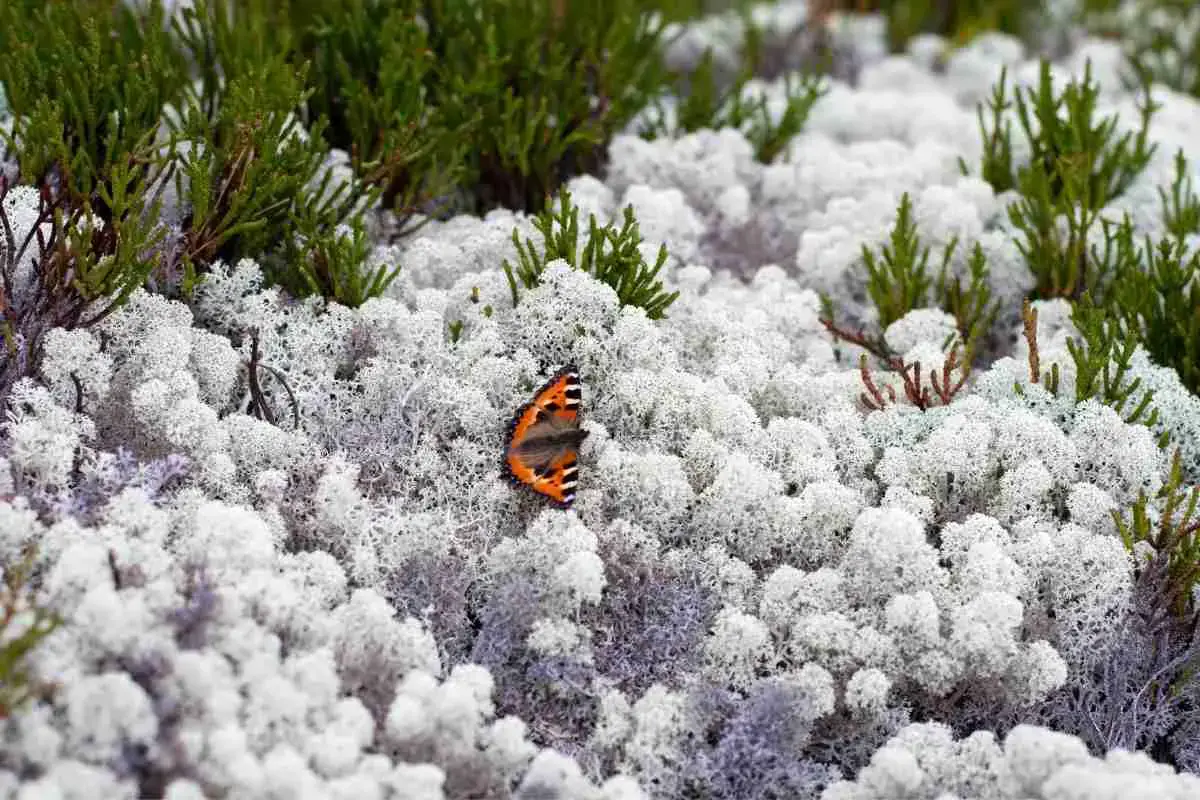
22 Different Types of Lichens (Detailed Guide)
Read more
16 Benefits For Having A Moss Ball In An Aquarium
Read more
Buttermilk To Grow Moss: Weird, But Effective!
Read more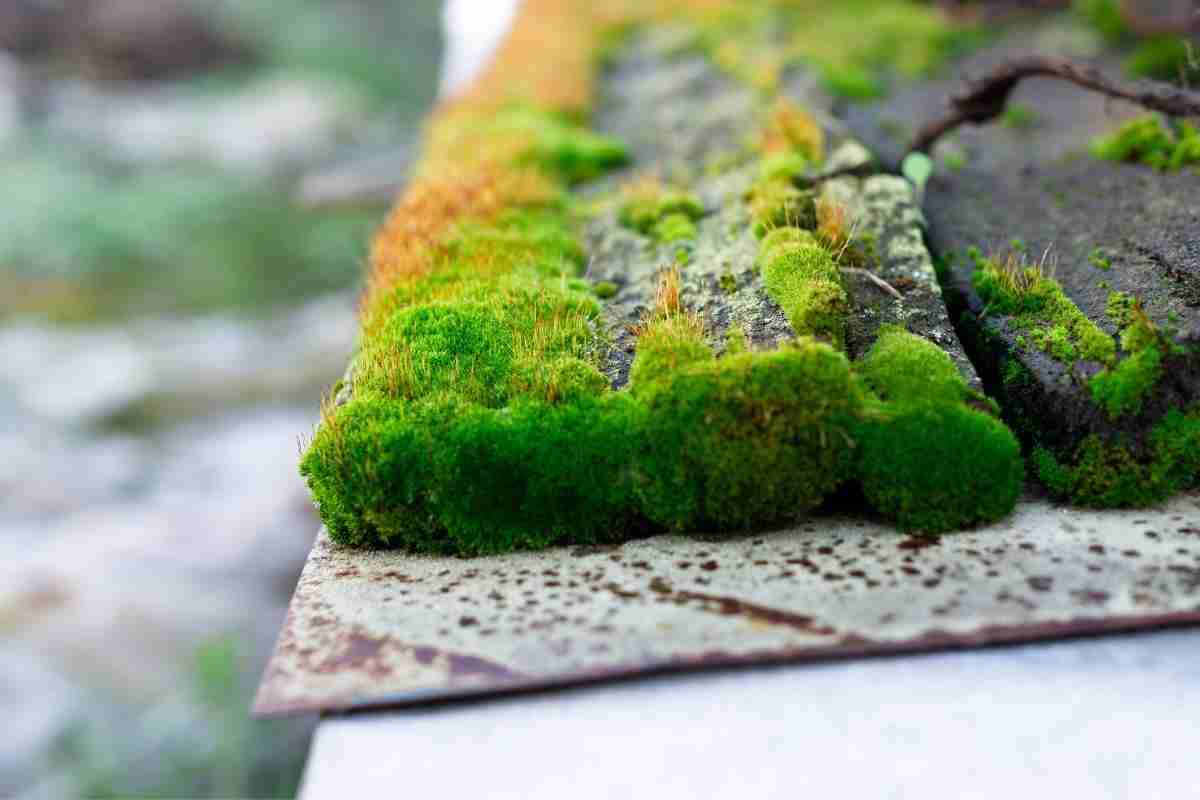
How To Grow Moss On Wood? In 6 Easy Steps!
Read more
Does Moss Need Sunlight?
Read more
How to get rid of Spanish moss. The natural way to remove Spanish Moss
Read more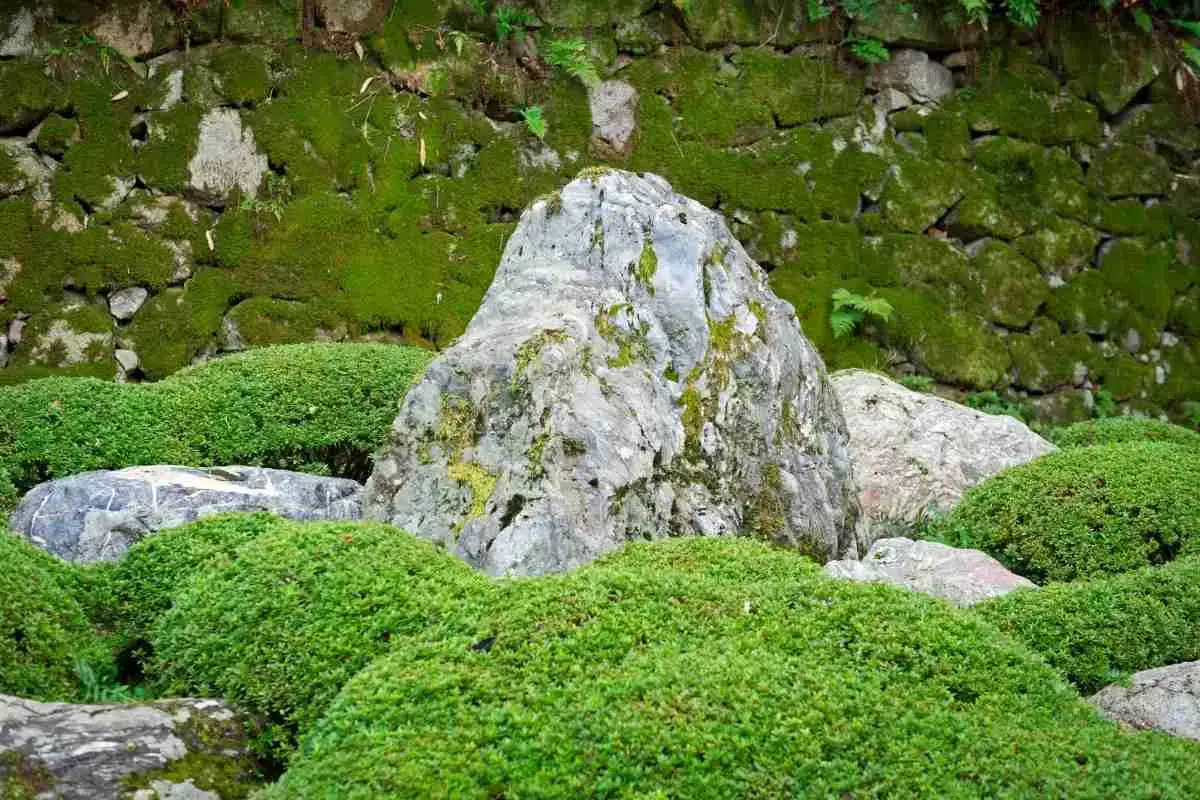
11 Types Of Moss That Grows On Rocks!
Read more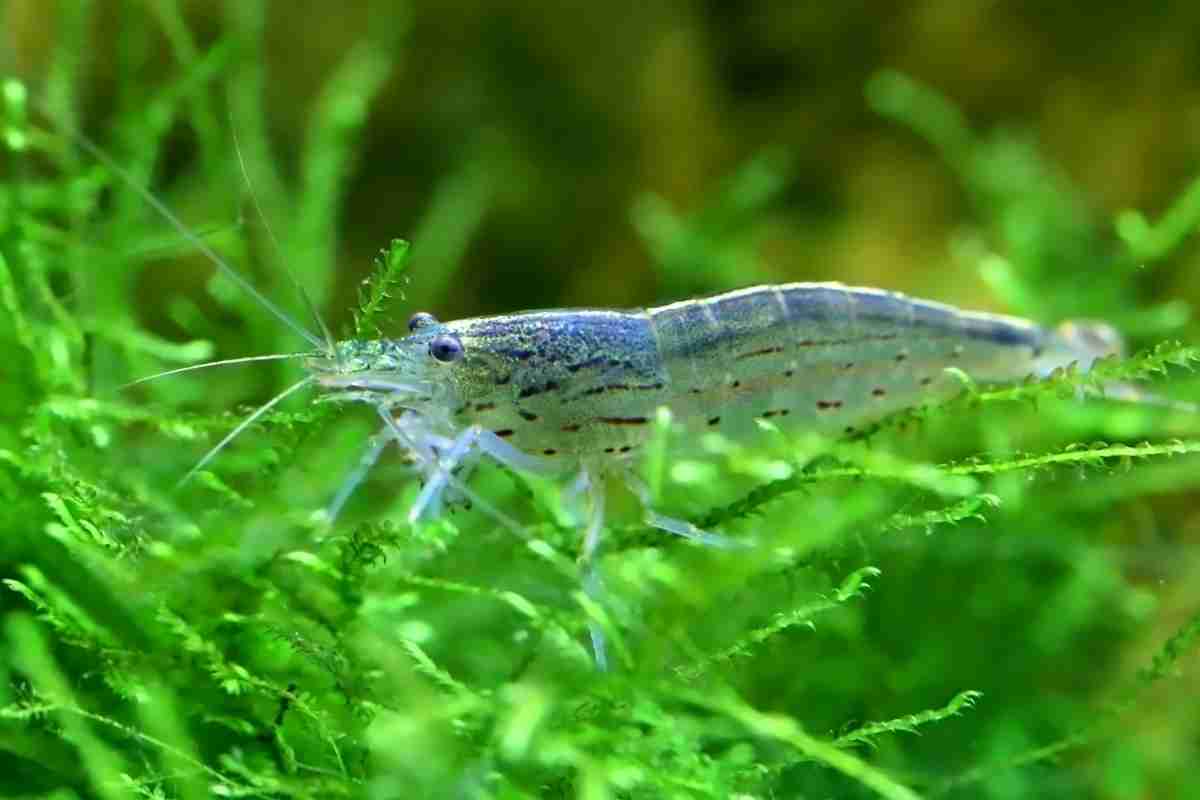
How To Grow Algae For Shrimp In An Aquarium?
Read more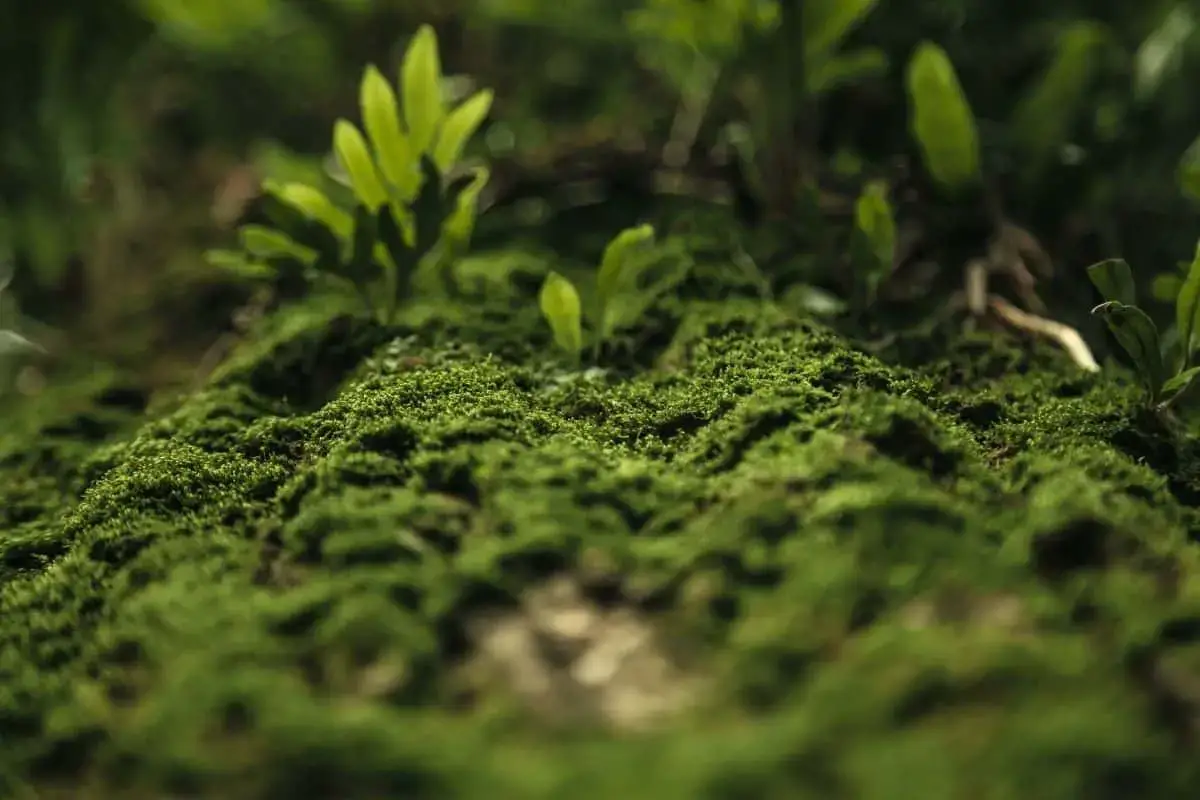
What Does Moss Eat To Survive?
Read more